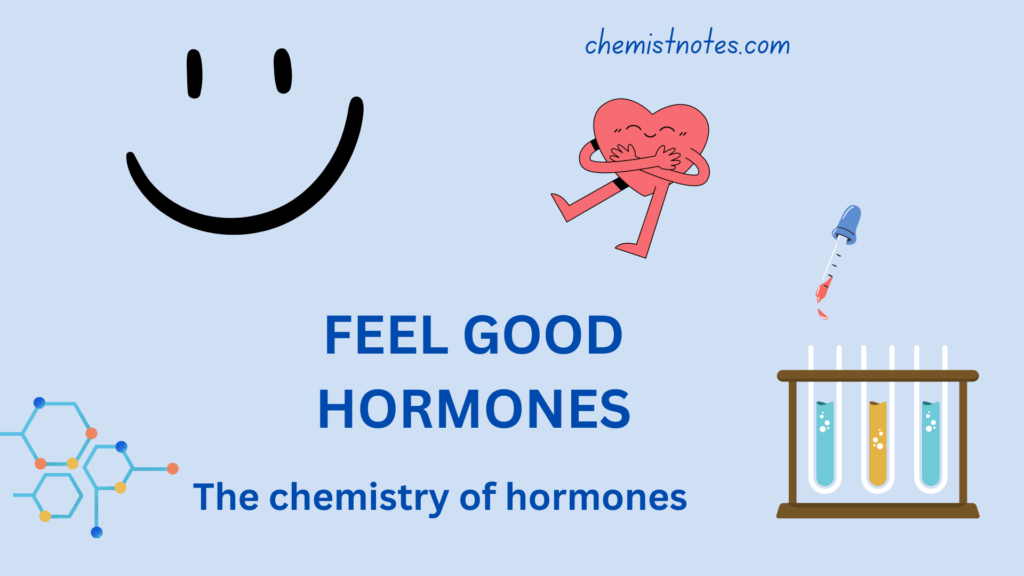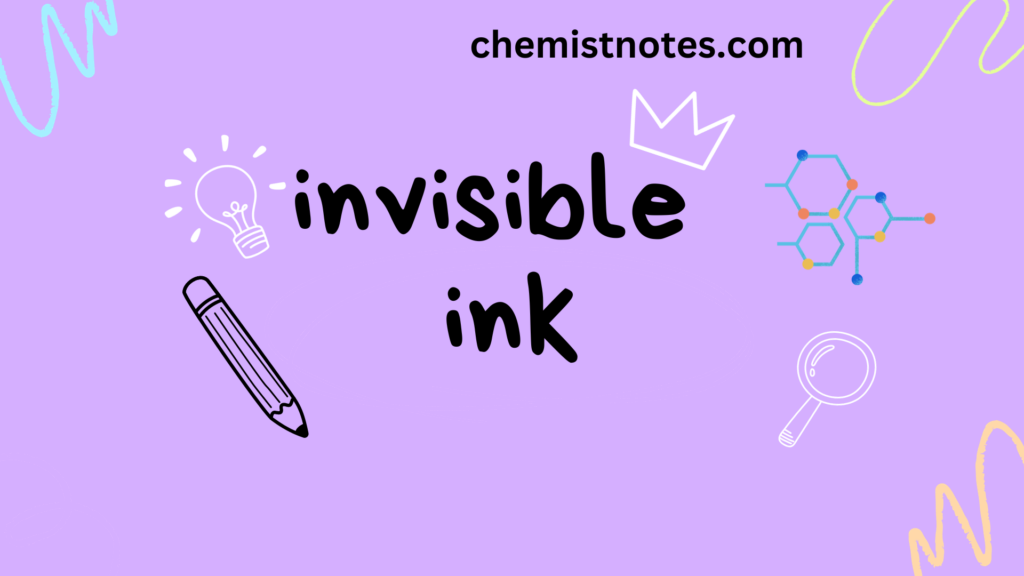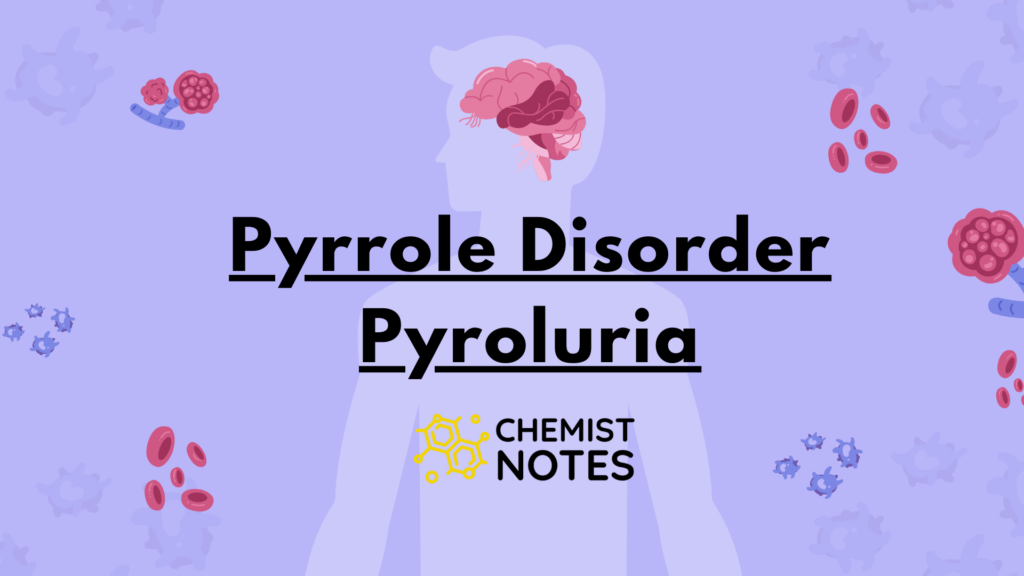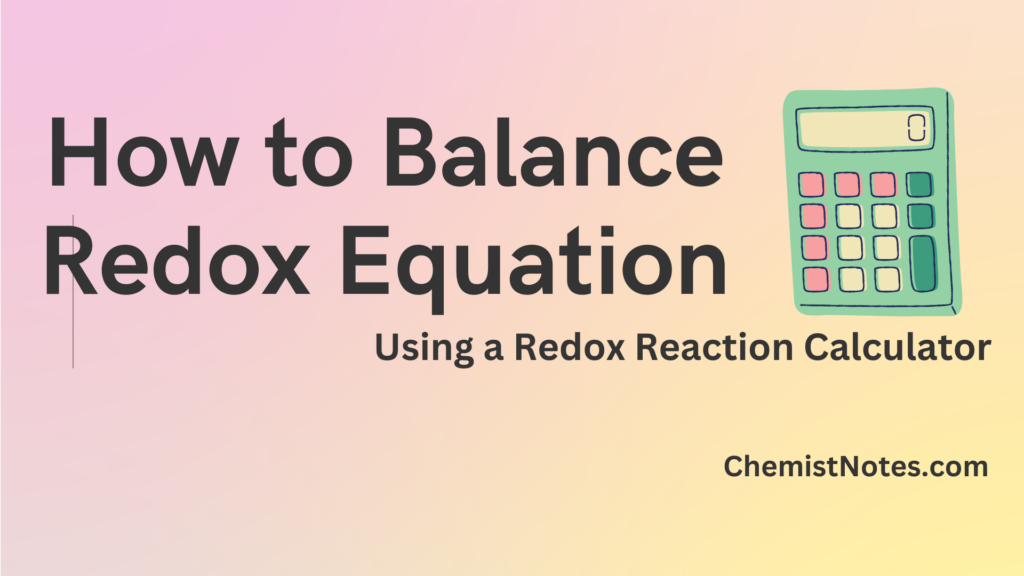The chemistry dictionary offers definitions and examples of important chemistry and chemical-related terms, which are listed in alphabetical order. For each term, a brief definition is given. Each link leads to a more comprehensive discussion of the word. Additional definitions are also available.
Chemistry Terms Starting with A to Z
| S.N. | Term | Meaning | Chapter |
|---|---|---|---|
| 1 | absolute alcohol | common name for high purity ethanol which contains only one percent water. | Alcohols, Phenols, and Ethers (Organic) |
| 2 | absolute configuration | a way of representing the absolute structure of an optical isomer, dextrorotatory or laevorotatary. | |
| 3 | absolute temperature | a scale of temperature based on absolute zero. | |
| 4 | absolute zero | zero of thermodynamic temperature (0 kelvin) and It is equivalent to –273.15°C or –459.67°F. | |
| 5 | absorption | the take up of a gas by a solid in its bulk structure or liquid, or the take up of a liquid by a solid. | |
| 6 | absorption coefficient | The molar absorption coefficient (symbol ε) is a quantity that characterizes the absorption of light when it passes through a sample of the absorbing material. | Spectroscopy |
| 7 | absorption tower | A long vertical column which is used for absorbing gases in industry. | |
| 8 | ABS plastic | A class of plastics based on acrylonitrile– butadiene–styrene copolymers. | |
| 9 | abstraction | A chemical reaction that involves bimolecular removal of an atom or ion from a molecule. | |
| 10 | accelerator | A substance which speed up the rate of a chemical reaction, i.e. a positive catalyst | |
| 11 | acceptor | A compound, molecule, ion, etc., to which electrons are donated during the formation of a coordinate bond. | |
| 12 | Acheson process | process for the manufacture of graphite by heating coke mixed with clay in the industrial. | |
| 13 | achiral | a molecule which is superimposible on its mirror image, not chiral | |
| 14 | acid | chemical species that contains hydrogen and dissociates in water to produce positive hydrogen ions. | |
| 15 | acidimetry | Volumetric analysis to determine the amount of base using standard solutions of acids | |
| 16 | acid rain | form of precipitation having a pH value of less than about 5.0, which has adverse effects on the fauna and flora on which it falls. | |
| 17 | acid salt | A salt of a polybasic acid in which not all the hydrogen atoms have been replaced by hydroxide ions | |
| 18 | acid value | the amount of free acid present in a fat, equal to the number of milligrams of potassium hydroxide needed to neutralize this acid. | |
| 19 | ACT | Activated-Complex Theory. | |
| 20 | actinic radiation | Electromagnetic radiation that is capable of initiating a chemical reaction. | |
| 21 | actinometer | a device used to measure the intensity of electromagnetic radiation. | |
| 22 | actinometry | The measurement of the intensity of electromagnetic radiation. | |
| 23 | action spectrum | A graphical plot of the efficiency of electromagnetic radiation in producing a photochemical reaction against the wavelength of the radiation used. | |
| 24 | activation analysis | An analytical technique that can be used to detect most elements when present in a sample in milligram quantities (or less). | |
| 25 | activation energy | The minimum energy required for a chemical reaction to take place. it is denoted by Ea . | |
| 26 | acyclic | a compound which does not have a ring in its molecules. | |
| 27 | acylation | The process of introducing an acyl group (RCO–) into a compound. | |
| 28 | acyl fission | The breaking of the carbon–oxygen bond in an acyl group. | |
| 29 | Adams catalyst | A dark brown powder, a hydrated form of platinum(IV) oxide (PtO2), is produced by heating chloroplatinic acid (H2PtCl6) with sodium nitrate (NaNO3). It is used in hydrogenations of alkenes to alkanes, nitro compounds to amines, and ketones to alcohol. | |
| 30 | adduct | compounds formed by coordination between a Lewis acid (acceptor) and a Lewis base (donor). | |
| 31 | adenine | A purine derivative, major component bases of nucleotides and the nucleic acids DNA and RNA. | |
| 32 | adhesive | A substance is used for joining surfaces together. | |
| 33 | adiabatic process | Any process that occurs without exchange of heat or at constant heat | |
| 34 | adsorption | The formation of a layer of gas, liquid, or solid on the surface of a solid. | |
| 35 | adsorption indicator | A type of indicator which is used in precipitation titration | |
| 36 | aerogel | A low-density porous transparent material that consists of more than 90% air which are used as drying agents. | |
| 37 | aerosol | A colloidal dispersion of solid or liquid in a gas. | |
| 38 | AES | Atomic Emission Spectroscopy | |
| 39 | affinity chromatography | chromatographic technique for purifying natural polymers, especially proteins. | |
| 40 | agar | An extract of certain species of red seaweeds that is used as a gelling agent in microbiological culture media, foodstuffs, medicines, and cosmetic creams and jellies. | |
| 41 | albumin (albumen) | a group of globular proteins soluble in water but form insoluble coagulates when heated. | |
| 42 | aldol reaction | it is condensation reaction between aldehyde or ketone having alpha hydrogen and another aldehyde or ketone to give beta-hydroxy carbonyl compound. | |
| 43 | aliphatic compounds | Organic compounds that are alkanes, alkenes, or alkynes or their derivatives. | |
| 44 | alkali | A base that dissolves in water to give hydroxide ions. | |
| 45 | alkali metals | The elements of group 1 (formerly IA) of the periodic table: Li Na,K, Rb,Cs,Fr. | |
| 46 | alkalimetry | Volumetric analysis to determine the amount of acid using standard solutions of alkali. | |
| 47 | alkaline | a solution that has an excess of hydroxide ions (i.e. a pH greater than 7). | |
| 48 | alkanes (paraffins) | Saturated hydrocarbons with the general formula CnH2n+2. | |
| 49 | alkenes (olefenes, olefins) | Unsaturated hydrocarbons contain one or more double carbon-carbon bonds in their molecules. | |
| 50 | alkylation | reaction that introduces an *alkyl group into an organic molecule. |
Showing 1 to 50 of 181 entries









